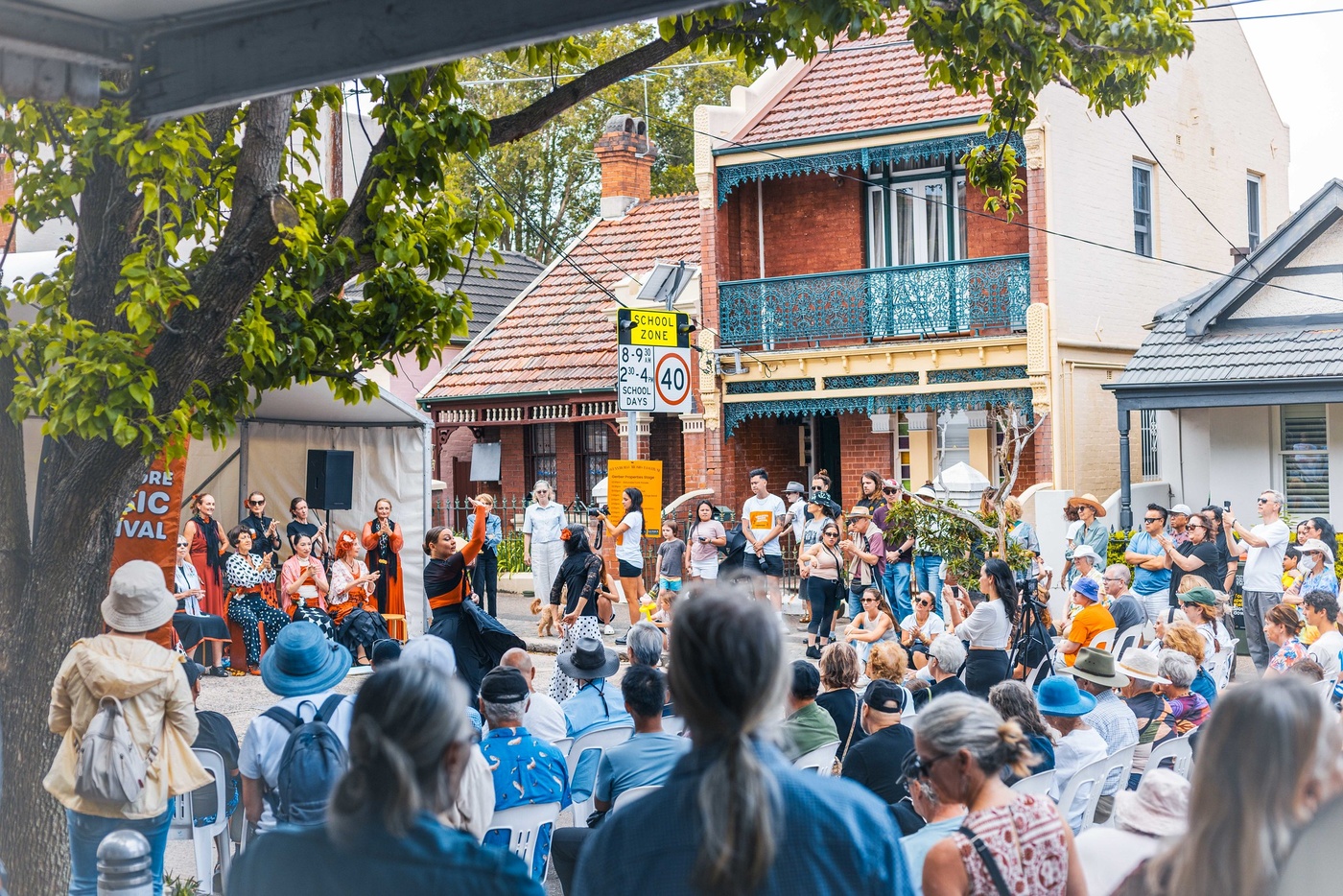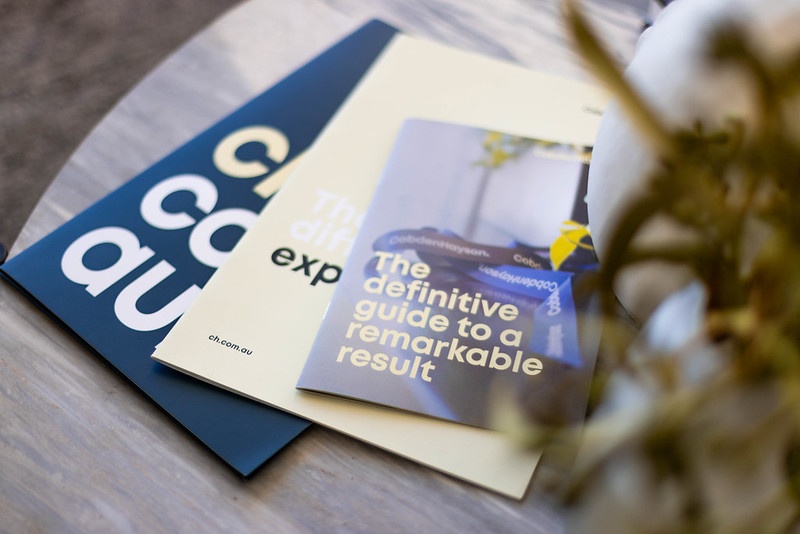
Sydney’s July market – strong on headlines, fragile in reality
- July 30, 2025
We’ve all seen the headlines and the social posts. Perhaps your inbox is full of upbeat market wraps and chirpy media snippets talking about clearance rates jumping and buyers racing back in on the back of past and potential rate cuts. However, the market we’re working in doesn’t feel anything like what’s being reported.
At CH, we don’t just watch the data, we’re out there living it daily. Every open home, every call-back and every pause between buyer questions is a tell-tale sign of market performance. We listen to why people are moving, how quickly they’re requesting contracts and what they’re not saying, which is often more important than what they’re revealing to us. Through July, what we experienced and saw was far more nuanced and far more revealing than the media narrative. Take for example the most obvious element which is the auction clearance rate. Preliminary numbers have been pushed hard – 74%, 76%, with breathless commentary that the rebound is well underway. But when the dust settles, the final clearance rates across Sydney have landed closer to 50%-54% through the month. It’s simply not a boom market, it’s reflective of grinding conditions.
Yes, properties are selling and there have been strong results, but most campaigns are being held together by one or two key buyers, not crowds. And those buyers are protective – they’re not throwing money around and they’re quickly walking if things feel off. They’re engaging with a genuine sense of purpose and with very little panic if they don’t land the property. In our view, what’s been propping up values through the month isn’t solely falling interest rates, it’s more to do with the collapse in supply, which saw July listings drop to their lowest point of the year. With so few options on the market, buyers stayed engaged but it’s scarcity economics, not a sign of surging confidence. Anyone who’s run a campaign this winter will tell you the same thing – it’s been one of the most challenging Sydney markets in memory. And that’s not from rookies – it’s been widely reinforced from agents across Sydney with 20 to 30 years of experience.
The economic backdrop doesn’t inspire much optimism either. July was meant to deliver a rate cut with the markets pricing in a 97% chance. Yet the RBA Governor Michele Bullock made it clear that they’re no longer relying on forecasts. After years of misreads, they’re waiting for hard data, especially Q2 CPI. That caution has drawn fire from every direction, with journalists from Crikey running a scathing critique of the RBA’s performance. Westpac joined in and softened it with talk of psychology and politics being at play, rather than moving with the data. But the frustration is palpable, because many Australians are still under pressure and they’re losing patience with policymakers who seem increasingly out of sync. Unemployment crept up to 4.3%, productivity is at a 30-year low, business foreclosures are rising fast and the tax base is straining. Perhaps most confronting of all during the month was an independent report that outlined that more than 50% of Australian voters now rely on government payments as their primary income source. That statistic, which was somewhat buried in an AFR article this month, should give everyone pause. It tells a bigger story, not just about finances, but about the fragility of confidence across the country.
Contradiction is everywhere however, with a record $9.1 billion being spent during EOFY sales. At the same time, consumer confidence is at rock bottom and has been stuck in pessimistic territory for three years now. The CBA called for tax reform, warning that the system is creaking, and yet Sydney property prices are not only remaining on hold at record levels, but they are also just ever so slightly edging even higher. It’s hard not to feel that the surface and the substance are drifting apart. And so, more buyers seem to be tuning out the media cycle and noise. They’re making decisions based on their local market, not sweeping national headlines. They’re not relying on the RBA or the banks or media reports to tell them when to move, opting to closely study their own suburb. They’re watching how many people are at open homes, how quickly properties are selling and what neighbours are saying. This is where the real market pulse lies and it’s a far better foundation to make a move.
It’s the same reason trust in the media is collapsing. The Edelman Trust Barometer, released last month, showed Australians’ trust in the media has dropped to 37% – well below the global average. And it’s no wonder when the disconnect between what’s being written and what’s actually happening on the ground is too great to ignore. It’s a major reason why we track the headlines, forecasts and the lack of accountability for our major institutions. We prefer to focus our attention on the body language at opens, contract volumes and off-market chatter. We zoom right in on the level of hesitation buyers show or even the level of persuasion required to encourage a buyer to make an offer. This is data that can’t be ignored because it’s not reading the tea leaves stuff, it’s authentic and you can see it with your own two eyes.
What we’re seeing now is a market that’s edging forward, not powering ahead. One that’s working but only when vendors are aligned to genuine buyer feedback. Those who meet the moment are getting results. Those who overreach are postponing, repositioning or withdrawing. The old saying rings true – in this kind of market, it’s not the most expensive home that sells, it’s the best value one.
Looking ahead, we expect the spring campaign wave to kick off with forerunners being evident in mid-August. The signs are already there for us, with stylists booked solid, photographers flat out and our team overseeing a slew of properties getting cosmetic touch-ups in readiness for launch. With more supply will come more clarity and a further test of the strength of the market and the depth of the buyer pool. Without further rate cuts, the platform for prices to genuinely lift doesn’t exist, and while we’re likely to get one or two more cuts in the coming months, this cycle feels like it will take more than monetary policy to build deep confidence in this market. The media may go into hyperdrive but we’ll keep our commentary linked to what we’re really seeing at the coalface. Our clients deserve better insights and real information as this empowers far better decisions for buyers and sellers.








